China's Ningxia wine region has announced plans for its first winery classification system, in an effort to standardise wine production in the up-and-coming quality wine region in China.
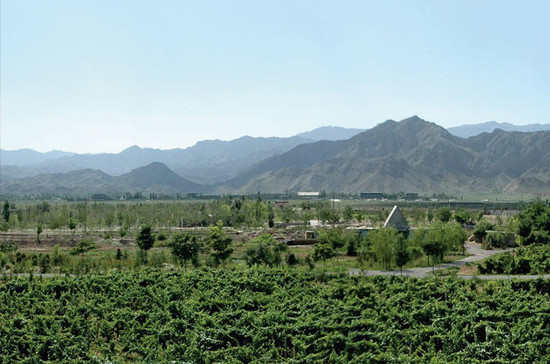
Wineries in Ningxia's Helan Mountain East wine region are set to be evaluated by scale, production, quality and distribution under a five-tier classification system, announced the government of Ningxia Hui Autonomous Region last month.
As one of the best known of China's quality wine regions, Ningxia has made many efforts to convert the region to the ‘international norm’ in recent years.
It joined the International Organisation of Vine and Wine (OIV) as an observer in 2012. The government announced the implementation of ‘Ningxia Helan Mountain East Wine Region Conservation Regulations’ in 2013, which is also China’s first local regulations designated for a wine region.
The intention to establish a Bordeaux-like classification system in Ningxia was first announced by the local government in 2013.
The move immediately triggered heated debate in the international trade. Many criticised it as ‘too early and too ambitious’, whereas the local authorities and consultants believe ‘the earlier the better’.
‘The wine industry in Ningxia is still in its very early stage of development,’ said Chinese wine authority LI Demei in a previous DecanterChina.com column. 'Therefore there’re still opportunities to regulate it from the beginning.’
‘The new regulation combines the international norm and the reality of the region’, said officials.
In order to qualify for the classification, a winery must meet a series of requirements, which include planting its own grapes, making and bottling wines on site, and having a main building that can be used for wine tourism.
The regulation also defined the grape production standard for the region.
A ‘classified’ winery should plant its vines by variety, with 90% vines planted in the same block being the same grape; and the yield for grapes should be controlled at 500 to 800 kilograms per mu (7 tons to 11 tons per hectare, roughly 57.7 to 92.3 hl/ha by red wine).
Every two years, a committee formed of ‘winemaking experts, critics, trade body representatives and consumers’ will be summoned to evaluate and give scores to every applying winery.
A winery be classified or promoted within the system, and estates print their status on bottle labels, the regulation says.
Once a winery is qualified as a ‘First Growth’, the top level of the classification, it will be re-examined every 10 years, said the official regulation.
The regulation also stated that if a winery was found to breach food safety rules 'or assist in making fake wines’, its classification status will be revoked, and the winery will not be allowed to apply again for 10 years.
All rights reserved by Future plc. No part of this publication may be reproduced, distributed or transmitted in any form or by any means without the prior written permission of Decanter.
Only Official Media Partners (see About us) of DecanterChina.com may republish part of the content from the site without prior permission under strict Terms & Conditions. Contact china@decanter.com to learn about how to become an Official Media Partner of DecanterChina.com.

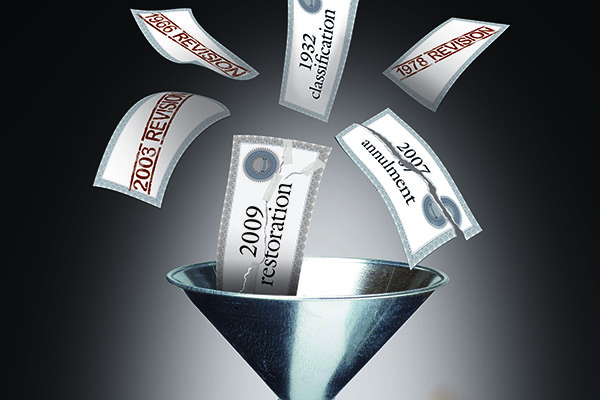
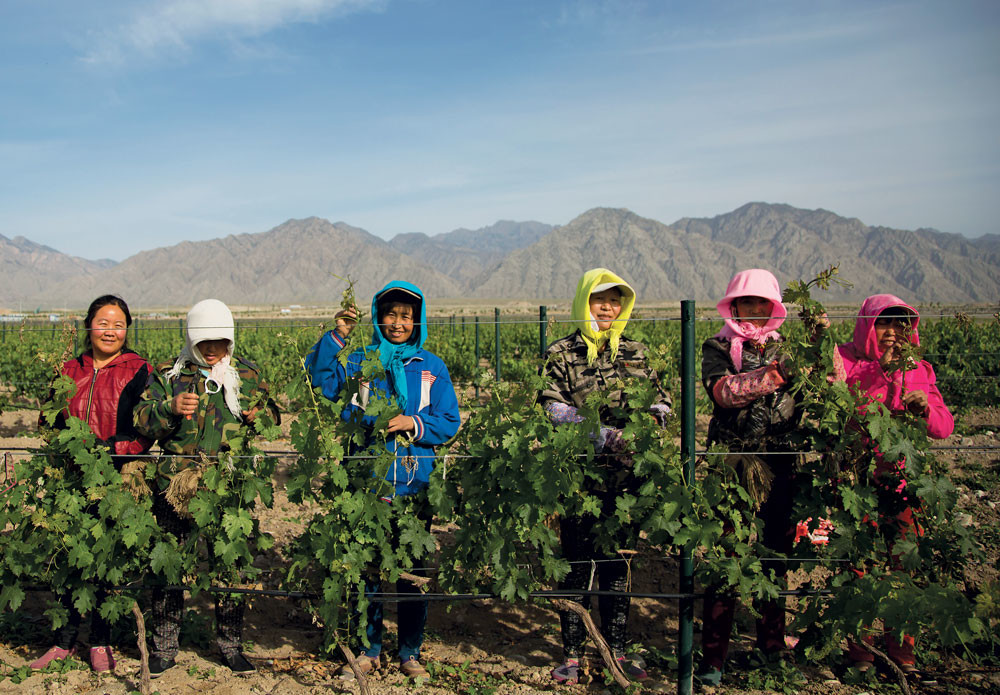
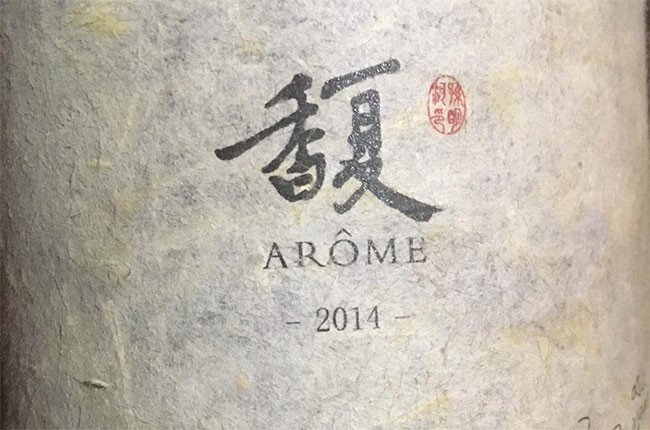
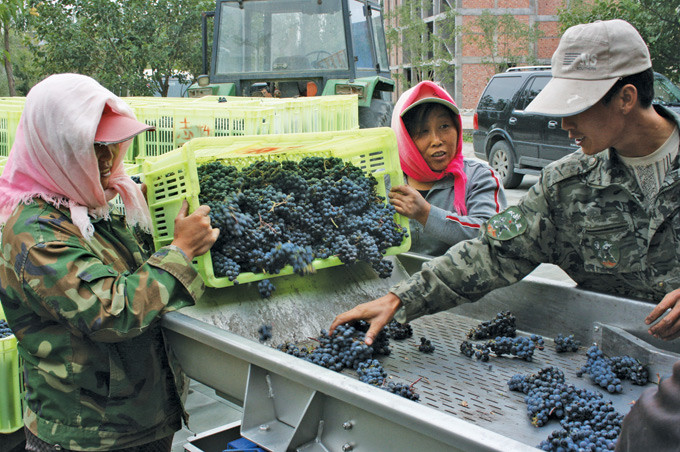
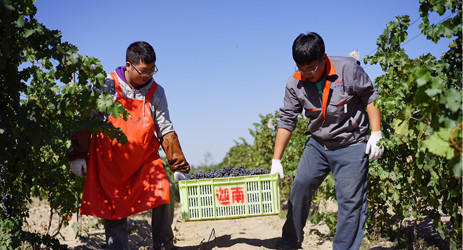
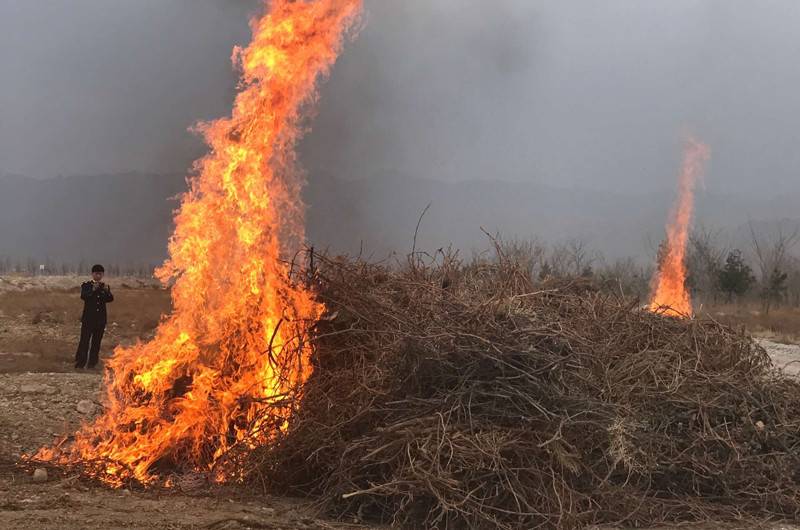
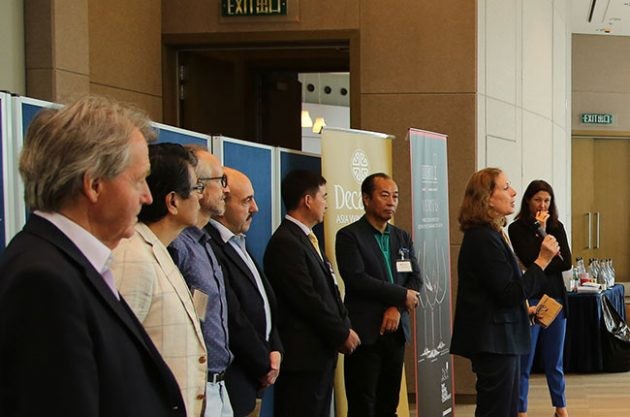
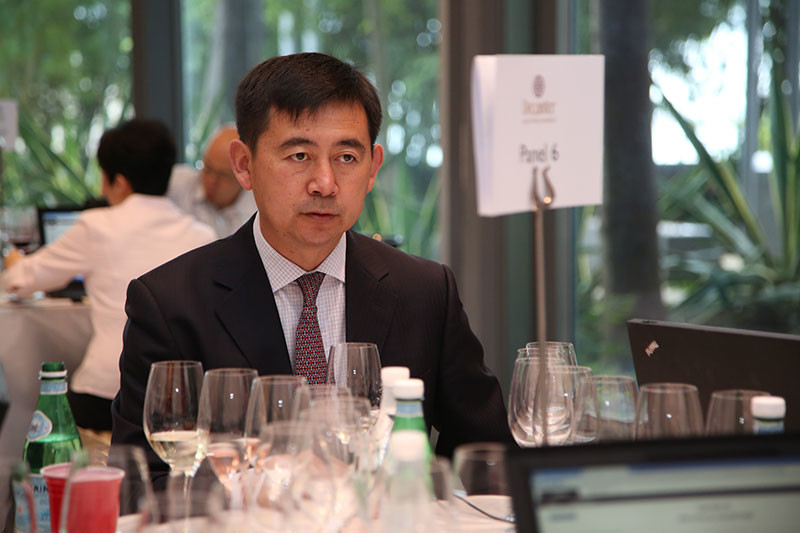
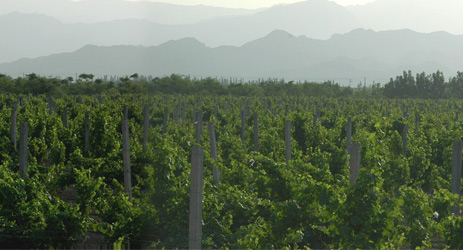
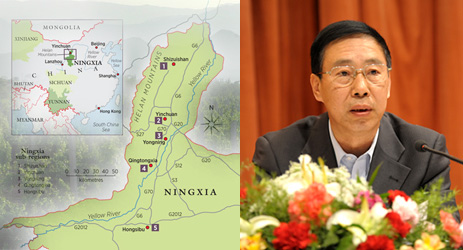
Comments
Submit